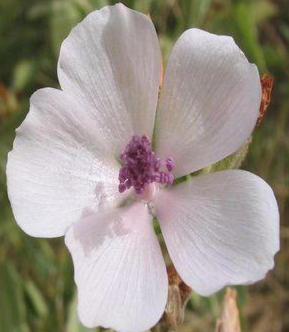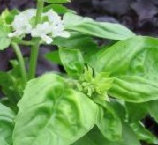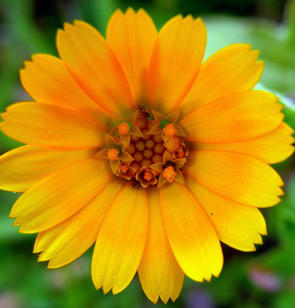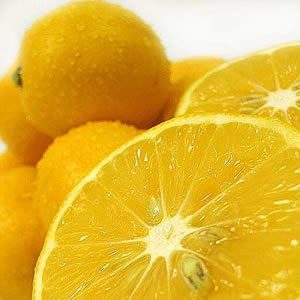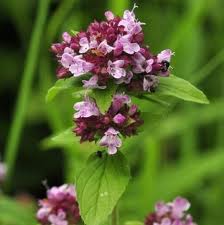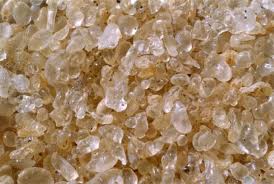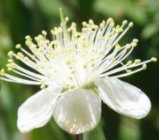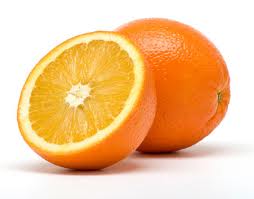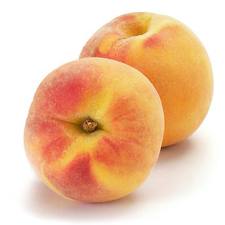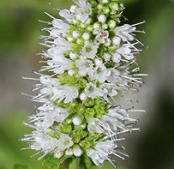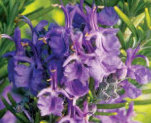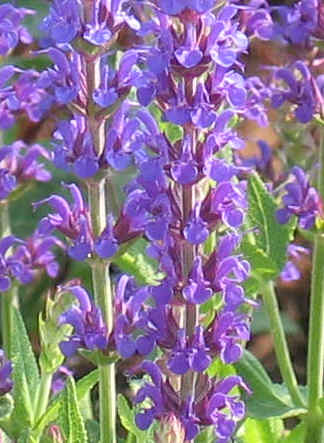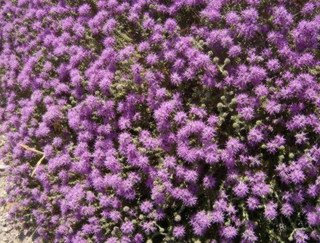
Lavender (Lavandula)
Lavender is native to the mountainous zones of the Mediterranean where it grows in sunny, stony habitats.
The traditional uses of lavender range from use as a perfume to an antimicrobial agent. This powerful and potent herb has been utilized throughout antiquity, having over 2000 years of presence as a symbol of cleanliness and purity. The Greek naturalist, Dioscorides, praised the medicinal attributes of Lavender in
the first century A.D. Lavender was a favourite ingredient in herbal baths of Greeks,
who also discovered early on that lavender if crushed and treated correctly, would
release a relaxing fume when burned. Infusions of lavender were used to |
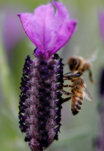 |
Health Benefits & Modern Medicinal uses
Lavender is particularly rich in aromatic molecules called esters, which are antispasmodic, pacifying and tonic, while other molecules give it its antiviral, bacterial and anti-inflammatory powers. Of the many therapeutic attributes of Lavender oil, respiratory relief would be one of the most consistently reported benefits.
Number of studies have reported that lavender essential oil may be beneficial in a variety of conditions, including insomnia, alopecia (hair loss), anxiety, stress, and postoperative pain.
Lavender is also being studied for antibacterial and antiviral properties. Lavender oil is often used in other forms of integrative medicine, such as massage, acupuncture, and chiropractic manipulation. Massage with essential oils, particularly lavender, may result in improved sleep quality, more stable mood, better concentration, and reduced anxiety.
In pillows, lavender seeds and flowers aid sleep and relaxation. An infusion of flower heads added to a cup of boiling water soothes and relaxes at bedtime. Lavender oil (or extract of Lavender) heals acne and treats skin burns and inflammatory conditions.
Many people appreciate lavender (Lavandula angustifolia, or Lavandula officinalis) for its fragrance, used in soaps, shampoos, and sachets for scenting clothes.
It’s also a great remedy to soothe and heal insect bites and highly recommended for burns of the skin and other skin problems (acne outbreaks, pimples, dry skin disorders, itches of skin, skin inflammations).
It promotes fairness to the skin and improves skin texture.
Links:
University of Maryland – Medical Center
National Center for Complementary and Alternative Medicine

